Michelle Valberg Answers the Call of the Wild
Wildlife photographer Michelle Valberg shares lessons learned about the art and business of wildlife photography.
• August 2020 issue
Michelle Valberg was out for dinner with girlfriends, politely listening to them discuss shoes and clothes, when, after about 30 minutes of idle fashion talk, she couldn’t hold it in any longer. “Can we just change the subject a little bit?” she piped up. “Can I tell you that I just swam with narwhals? Can we just get off the shoe topic and maybe talk narwhal for a second?”
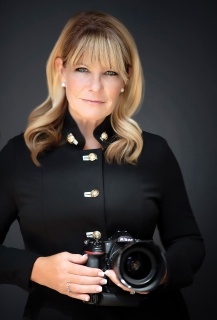
© Michelle Valberg
“They call me Dora,” she laughs, as in Dora the Explorer, the intrepid hero of the animated children’s cartoon of the same name. Having just returned from a trip to the Arctic, Valberg was riding a high from one of her most memorable wildlife photography experiences: taking underwater photographs of narwhals. “I was scared out of my wits,” she says of the 52 minutes she spent bobbing in freezing ocean water, wearing a dry suit and waiting for a whale to appear. “I was off the charts, but I loved every second of it.”
What made the situation frightening? The freezing temperatures, for one, she says. Also the fact that she was in the vicinity of polar bears, who are known to be opportunistic carnivores (“If you have red blood you’re an open target”). “The unknown of having a whale approach you with a large tusk,” she adds. And a few unavoidable facts: “You’re on the edge of the ice and the next stop is Greenland and there’s 3,000 feet of water below you. It’s pretty intense.”
FINDING HER WAY
Valberg points out that making a living as a wildlife photographer is not the easiest thing to do, especially before you’ve had a chance to make a name for yourself. For nearly two decades, she took wildlife photos as a hobby and earned a living through wedding and portrait photography. She employed a team of photographers at her thriving Ottawa, Ontario, studio, which at one point averaged 115 weddings a year.
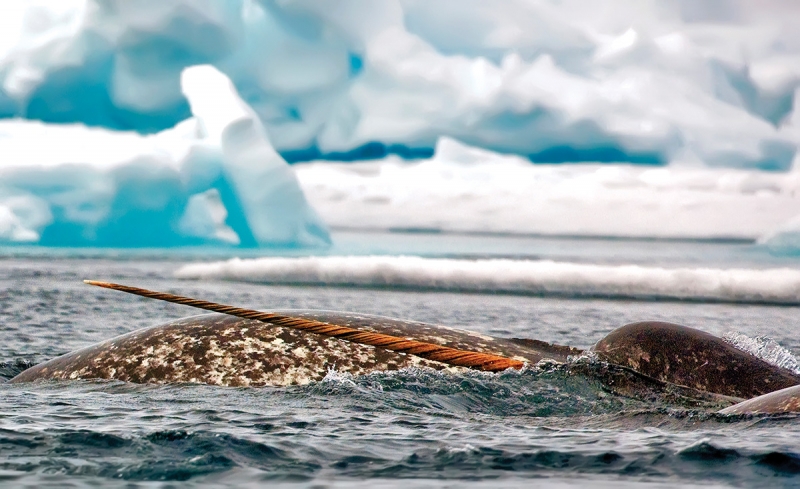
About 12 years ago, Valberg decided to scratch the wildlife photography itch, setting out to publish a photography book on Canada’s wild places. It would have a positive environmental message—“what we have in our own country and what we have to lose if we don’t take better care of it,” she explains. She began the project at the top of the world near Pond Inlet, Canada, on the floe edge, “where the ice ends and the water opens up.” In springtime the ice begins to thaw and break off, drawing an array of wildlife who come to feed—narwhals, polar bears, walrus, seals, various species of birds. “As I stood there and waited for the animals to come to me, I went, OK, this is truly my calling. I need to do this all the time.” After that point, Valberg’s portrait and wedding work shifted to a side hustle. These days, she makes her living making wildlife photos.
One way she carved her wildlife photography path was by snagging gigs as a resource photographer on guided wildlife tours for companies such as Adventure Canada, Abercrombie & Kent, and Frontiers North Adventures. Arctic travel is expensive—as much as $10,000 a trip for air travel, guides, and accommodations. Teaching photography on these tours is not only a way to get paid to be there, but it also gives her guided access to some of the most amazing wild places on earth, including the Arctic, Antarctica, and British Columbia’s Great Bear Rainforest. Before the Coronavirus pandemic halted travel, she was averaging 10 to 12 trips a year. This year would have marked her 60th visit to the Arctic. “The Arctic is such a compelling place,” she says. “It stole my soul, really.”
Here, Valberg shares some of what she’s learned about the art and the business of photography.
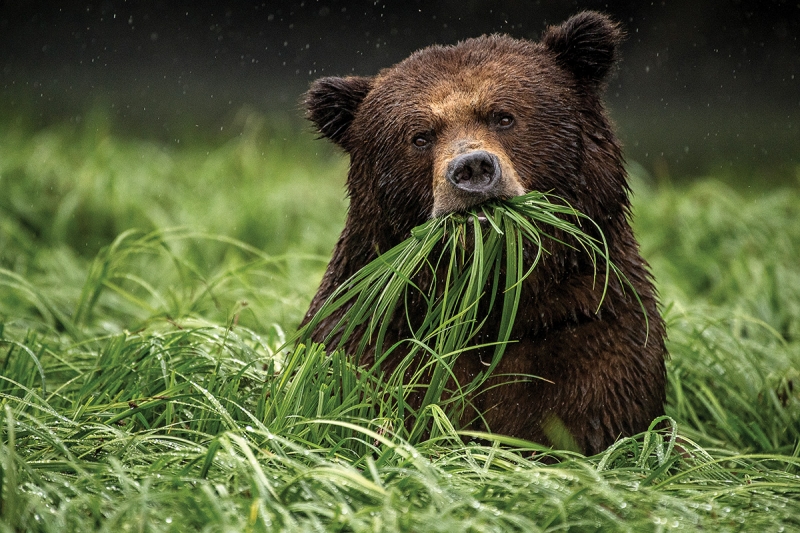
THE ART OF WILDLIFE PHOTOGRAPHY
Capture emotional impact. Viewers are drawn to wildlife photos that they can connect with emotionally, so Valberg trains her lens on relatable moments—“the eye to eye connection between two animals, like a mom and a calf or a cub, or maybe it’s two foes, like a dragonfly and a bee,” she says. To capture emotive moments, she follows one or two animals closely with her lens for a long time, patiently waiting for a facial expression or behavior that will hook viewers. On a recent trip to photograph gorillas in Uganda, she looked for the behaviors they share with human beings. “If you can touch someone with your photo it’s going to have an impact.”
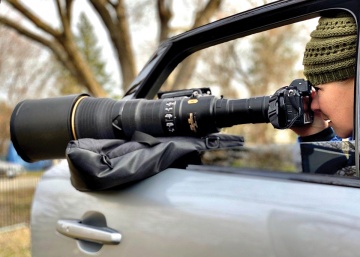
Build a relationship with your subject. Though Valberg travels far and wide for photography, one of her favorite shooting locales is her own backyard in Ottawa, Ontario. “With the pandemic, there are a lot of animals that are being seen in the city limits—more so than ever before,” she says. “For the first time in 30 years of living where I do, our neighbors had a fox just around the corner. For any wildlife photographer, that is an extreme gift, especially in pandemic time.”
It took several days for the fox to get comfortable with Valberg photographing her and her kits, which Valberg did from her car. For consistency, she parked in the same spot at the same time of day each visit. At first Valberg carefully crawled over to the passenger seat and curled up in a ball, snapping the silent shutter of her Nikon Z 7 with 800mm lens and 2x teleconverter through the car window. Eventually, the fox was comfortable enough with her presence that she could open the car door. “It got to the point where I could walk out of my car and she didn’t flinch,” she says. It’s about moving and positioning and more than anything watching to see what causes the animal distress, she says. “A couple of times the fox ran away on me,” she says. “She is bringing them food, so the last thing you want her to do is run away with food because of you and not have the kits being fed.”
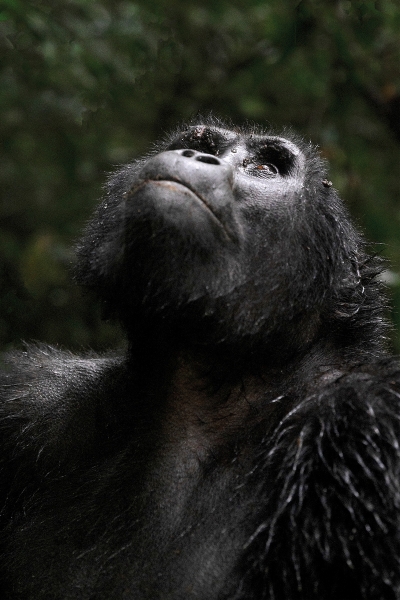
THE BUSINESS OF WILDLIFE PHOTOGRAPHY
Be open to diverse means of earning money. While Valberg pays for her trips and earns money by teaching photography on guided tours, she also sells large prints and stock images, and she engages in editorial and commercial work. Last year her bear images were made into a Canadian stamp booklet and a Canadian mint coin. Her work was also tapped by Global Affairs Canada, where it’s displayed in Canadian embassies and consulates all over the world.
Position yourself for opportunities. It’s not enough to be a good wildlife photographer. You have to find other ways to set yourself apart and elevate your image so you get noticed and are perceived as an expert in your field. For example, Valberg does speaking engagements. She started with local camera clubs and worked her way up to being selected as a Nikon Ambassador. Be engaged with your local community in philanthropic pursuits, which is an excellent way to network. “If you’re working with a nonprofit, you never know who is working on the board of directors.” She’s been invited to join boards herself, which has connected her with CEOs and local government leaders. “If you’re not successful in your own community that is a shame,” she says. “You have to start somewhere, and your own community is the best place to do it.”
Don’t be afraid to ask. When Valberg first set out to photograph arctic wildlife, she wanted to explore Pond Inlet but had no idea where to start, she says. She reached out to David Reid, owner of outfitter Polar Sea Adventures, who lives in the area, to see if they could talk over the phone. After that conversation, he connected her with Adventure Canada, where she landed a photography job on a trip that would have cost her $10,000. That gig led to more jobs within the adventure travel field. “He ended up being a really great guy and a friend ever since,” she says.
RELATED: Learn how Valberg made this photo of a spirit bear, and see a gallery of her wildlife photography.
Amanda Arnold is associate editor of Professional Photographer.

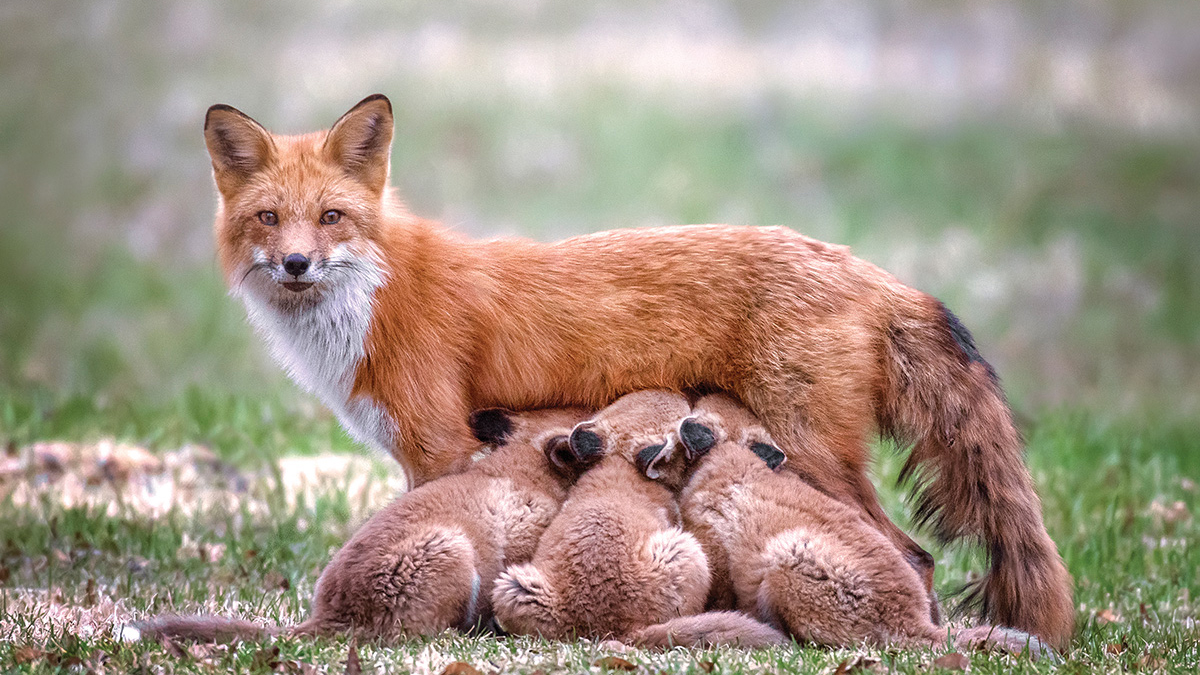
 View Gallery
View Gallery

